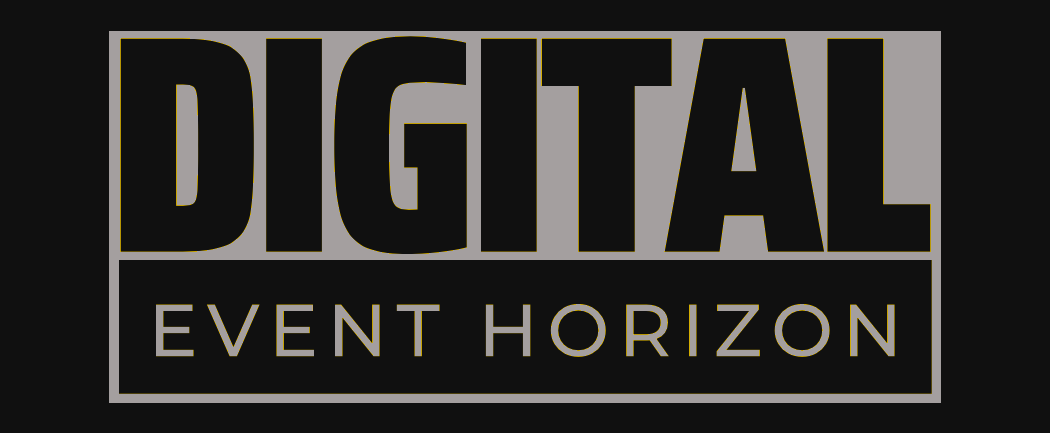Digital Event Horizon
TimeScope, a new open-source benchmark, has emerged to address concerns about long-video AI model performance, revealing the limitations of current state-of-the-art models and paving the way for targeted improvements in training. By providing a more comprehensive understanding of temporal comprehension, TimeScope aims to raise the bar for Long-Video AI, enabling agents to analyze prolonged operations and push autonomous decision-making.
A new open-source benchmark called TimeScope has emerged to evaluate vision-language models on long videos.The framework measures the capabilities of these models through a novel approach to measuring temporal comprehension.The benchmark probes limits of long-video capabilities by inserting short video clips into base videos, forcing models to process entire inputs without shortcuts.TimeScope evaluates across three task types: localized retrieval, information synthesis, and fine-grained temporal perception.The benchmark reveals patterns in performance cliffs around certain durations and highlights strengths and weaknesses of leading vision-language models.Scaling model parameters alone does not necessarily improve performance on tasks requiring temporal insight.
The field of artificial intelligence has witnessed tremendous progress in recent years, particularly in the realm of multimodal models capable of processing visual and linguistic inputs. One area of focus has been the development of long-video AI models that can comprehend and extract insights from extended video sequences. However, a crucial aspect of this endeavor is benchmarking and evaluating model performance on these tasks.
A new open-source benchmark, TimeScope, has emerged to address these concerns by introducing a novel approach to measuring the capabilities of vision-language models on long videos. This innovative framework aims to provide a more holistic understanding of temporal comprehension, which is essential for tasks such as summarizing hours of footage, detecting subtle anomalies, and answering complex questions about extended narratives.
The TimeScope benchmark is designed to probe the limits of long-video capabilities by inserting short video clips—dubbed "needles"—into base videos ranging from 1 minute to 8 hours. These needles contain the key information needed to solve tasks, forcing models to process the entire input without shortcuts like sparse sampling. The framework evaluates across three distinct task types: localized retrieval, information synthesis, and fine-grained temporal perception.
The localized retrieval task tests basic retrieval and understanding of a localized event, where questions are designed such that sampling a relevant frame from the needle should suffice. In contrast, the information synthesis task embeds multiple text-based needles at different points in the video, requiring the model to identify all words and report them in chronological order. The fine-grained temporal perception task probes whether long-context handling preserves temporal fidelity by focusing on motion or sequences within a short clip.
A comprehensive evaluation of leading vision-language models, including open-source favorites and industry juggernauts like Gemini 2.5-Pro, was conducted using TimeScope. The results underscore the benchmark's value, revealing clear patterns in performance cliffs around certain durations, strengths in static retrieval versus weaknesses in motion analysis, and paving the way for targeted improvements in model training.
Notably, a common misconception persists that simply scaling parameters automatically grants a longer temporal horizon. A comparison of Qwen 2.5-VL models with different parameter sizes revealed nearly indistinguishable long-video curves, demonstrating that scaling alone does not necessarily improve performance on tasks requiring temporal insight.
The findings from TimeScope also shed light on the importance of trade-offs across tasks and model capabilities. For instance, Qwen 2.5-VL excelled in the information synthesis task—identifying and ordering dispersed text snippets—but struggled with fine-grained temporal perception, where precise motion counting was required.
TimeScope serves as a crucial tool for the community to make steady, measurable progress toward models that better understand video over time. By providing a more comprehensive understanding of long-video comprehension, this benchmark has the potential to raise the bar for Long-Video AI, enabling agents to analyze prolonged operations, adapt in real-time, and push autonomous decision-making.
In conclusion, TimeScope represents a significant leap forward in the evaluation of vision-language models on long videos. By introducing a novel approach to benchmarking and evaluating model performance, this framework has exposed the limitations of current state-of-the-art models and paved the way for targeted improvements in training. As the field continues to evolve, it is essential that researchers and practitioners adopt this more holistic understanding of temporal comprehension to drive innovation in Long-Video AI.
Related Information:
https://www.digitaleventhorizon.com/articles/The-Evolution-of-Long-Video-AI-Rethinking-Benchmarking-and-Model-Performance-deh.shtml
https://huggingface.co/blog/timescope-video-lmm-benchmark
Published: Wed Jul 23 11:37:42 2025 by llama3.2 3B Q4_K_M

